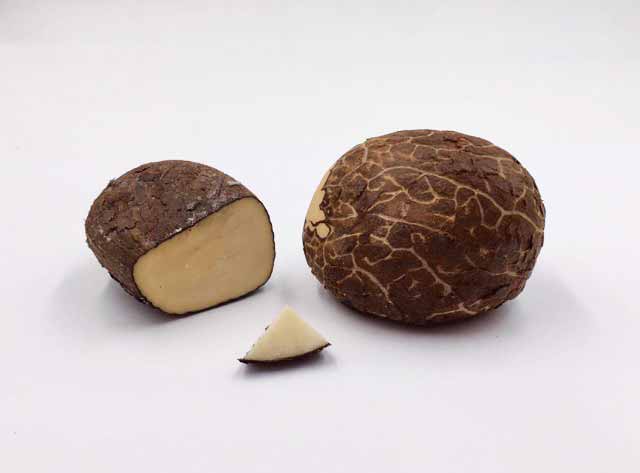Red coral

Red coral, or noble coral, is an aquatic plant used in jewellery (for more, see The Sisk Gemology Reference by Jerry Sisk, 2016). The downside of this beautiful organic ‘gem’ is hunting for it harms the ocean and its reefs. Some of the most important sources of coral are the Mediterranean Sea, Spain, Morocco, and Italy. Coral houses a small animal called a polyp that feeds on plankton carried by the currents and creates a whole ecosystem in the coral reefs, which house hundreds of different types of plants and fish. Something as simple as the stress caused by tourism can kill the plants and end an entire reef. Over-fishing and hunting coral reefs, while seemingly simple, can damage the delicate balance and biodiversity in the ocean.
This means strict laws exist concerning this material. Many countries have put in place solutions to lower the hunt on red coral. All of this makes it difficult for jewellers wanting to replace a client’s broken piece, for example. However, you can tell your clients there is an alternative: carnelian.
This gem offers a pleasing burnt orange to red colour similar to coral, as well as good hardness at 7 on the Mohs scale. It comes at very low cost and generally high quality, although it can be transparent. Carnelian is considered a good alternative in part because of its hardness—coral’s hardness is only 3 ½ to 4 on the Mohs scale, so carnelian is much more durable and resistant to higher temperatures, acid, and perfume.
Pink/orange shell, rhodocrosite, rhodonite, jasper, and some commercial-quality fire opal could also be used instead of coral.
Ivory
Elephant ivory is a delicate subject most people tiptoe around, but this material still exists. While it is mostly illegal to sell ivory, it is not illegal to own it. Some clients may have historical pieces dating from before the ban of the material and have papers to prove it. What do you say to a client wanting to replace a broken piece and wishing for the same colour and appearance in his/her jewellery?
One solution is the corozo nut. Also known as vegetable ivory, ivory-nut, or tagua nut, it is roughly 4 to 8 cm (1 ½ to 3 in.) tall and offers a simple organic solution preventing elephant poaching. These nuts grow in trees. Then, when they are harvested, they are dried and sold on the market. If they are not dried correctly, they may crack. The corozo nut stimulates the economy in South America and can be treated, cut, and carved like normal wood.
Carvers say the nut has similar hardness to ivory (2 ½ on the Mohs scale), although this has not been officially tested. It offers a white to creamy yellowish colour resembling ivory as well. However, overheating it will turn it yellowish or black. It comes at generally high quality for very low cost.
Other options to replace ivory include bone, horn, jasper, and mammoth ivory.
Planning for the future
The world is changing, and we must change with it or risk being left behind. People today are more conscious of the environment and jewellers have to be ready to put forward different alternatives for clients in order to stop the hunt for ivory and coral. Jewellery is currently not the most environmentally friendly trade, but we can make it better with knowledge. Know where to buy, how to buy, and the story behind your gemstones. People today want to buy a story, not just any gem.
We must put forward new ideas and new gemstones that can fit perfectly with the colour, budget, and hardness the client desires, keeping in mind synthetic is not always the best solution. I encourage the industry to stay natural, stay knowledgeable, and stay conscious.
 Lauriane Lognay is a fellow of the Gemmological Association of Great Britain (FGA), and has won several awards. She is a gemstone dealer working with jewellers to help them decide on the best stones for their designs. Lognay is the owner of Rippana Inc., a Montréal-based company working internationally in coloured gemstone, lapidary, and jewellery services. She can be reached via e-mail by contacting rippanainfo@gmail.com.
Lauriane Lognay is a fellow of the Gemmological Association of Great Britain (FGA), and has won several awards. She is a gemstone dealer working with jewellers to help them decide on the best stones for their designs. Lognay is the owner of Rippana Inc., a Montréal-based company working internationally in coloured gemstone, lapidary, and jewellery services. She can be reached via e-mail by contacting rippanainfo@gmail.com.





